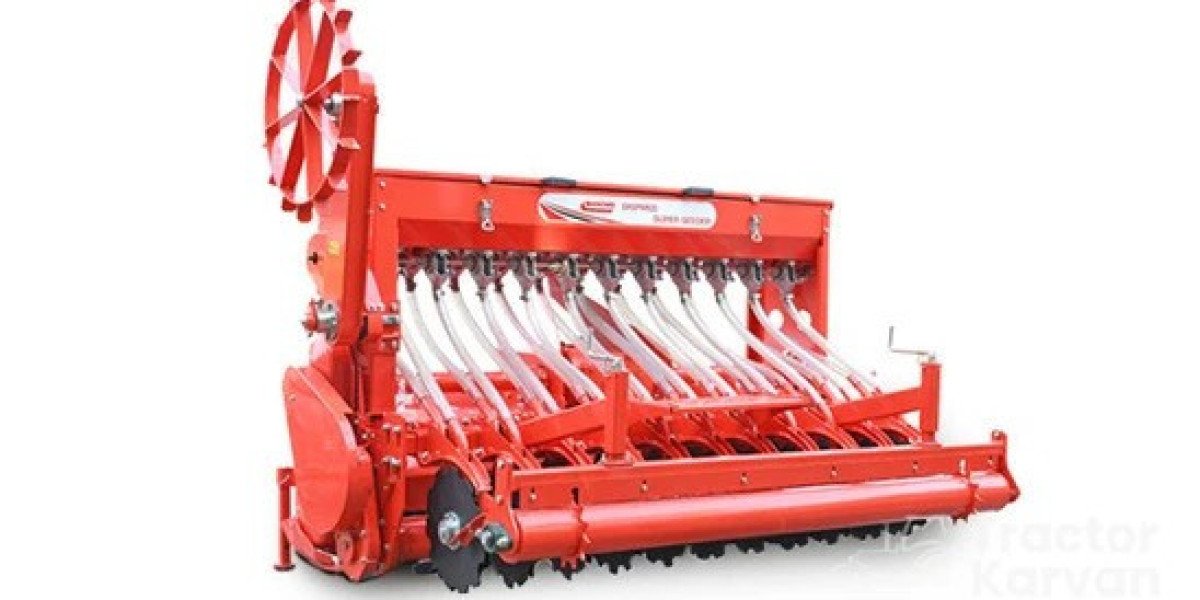What is tungsten?
Tungsten, meaning “heavy stone” in Swedish, is a very hard and heavy silver gray rare metal. With the highest melting point among metals, tungsten has a relatively large electric resistance as a metal, so it is used for heaters and reflectors in furnaces exceeding 2000℃.
It also becomes a hard alloy when mixed with carbon, etc. Cemented carbide combined with cobalt is used for high-grade cutting tools. In addition, tungsten, with extremely low environmental impact, has a very high radiation shielding capability compared to lead; it is also widely used as radiation shielding material in medical field such as X-ray CT. Tungsten does not seem familiar to us in our daily life, but it is closely related to our lives for its industrial and medical uses. With the highest melting point among metals, tungsten has low thermal expansion coefficient and extremely high shape stability even under a super high temperature environment. With its relatively large electric resistance, we offer tungsten rods for various discharge electrodes, which have improved discharge property and discharge consumption resistance. Although tungsten is a metal with high hardness, its hardness is enhanced by combining it with carbon; it is used for high-grade cutting tools. Here are some chemical features of it;
Tungsten is stable at room temperature but oxidizes to the extent that surface gloss is lost. It reacts mainly with O₂, CO₂, N₂, H₂O and hydrocarbon at high temperature, but not with mercury vapor and hydrogen.
When reacting with oxygen or air, it produces elevated oxide (WO₃) via lower oxides such as W₃O, WO₂, or W₂₀O₅₈ as the temperature rises.
Water does not corrode it, but vapor in the red heat state does, producing WO₃.
It reacts vigorously and dissolves in a mixed solution of nitric acid and hydrofluoric acid.
It has reducing properties under extremely hot temperature. When heated at very high temperature with sulfur, it produces the compound (WS₂); it produces the compound (W₃P₄) when phosphorus vapor is applied.
Which Solder is Better for Use Between Lead vs. Lead-Free Solder?
Most electronic manufacturers use solder to stick components to PCBs. Whether it is a lead-free or a leaded solder, they all serve the same function. Nevertheless, various devices and use cases utilize different soldering techniques. Generally, leaded solder is composed of tin and lead. The advantage of using leaded solder is its adequate flowing capacity. It has a lower melting point than lead-free solder; hence, presenting less thermal effects to components. Besides, when the solder cools down, it assumes a brighter appearance than lead-free solder, making it easy for you to detect issues like oxidation. Furthermore, lead solder is cheaper and easier to use than lead-free solder. The main reason why manufacturers are shifting to the use of lead-free solder is to eradicate lead from electronic production and waste recycling processes. In the past two decades, the electronic manufacturing world has experienced a dynamic development of alternative soldering materials centered on tin metal. This alternative approach uses materials with properties that are distinct from the lead and tin eutectic composition. Since soldiers are effective at 80% of their melting point, they call for performances similar to the jet engine superalloys. However, solder joints requirements are continually increasing because of the rising density and stress properties from miniaturization. Therefore, lead-free solders need a PCB design, which accommodates the high melting point and anisotropic properties. Contrary to the health and environmental information of leaded electronics, the Aerospace Corporation carried out a study on the application of lead on consumer electronics. The study found out that there is little evidence supporting the argument that the lead applied in electronic gadgets causes severe harm to the environment and people. The truth is that when we refer to electronic rework, the number of lead manufacturers use is insignificant to be harmful to animals. Use lead solder if it is available in your nearby markets. This is because it is easier to use, has a lower melting point, and causes fewer quality problems with the joints. The primary reason you should opt for lead-free solder is if your government prohibits lead to use. Besides, you can also consider it if you plan to sell your products to European countries. Remember, the amount of lead on solder is insignificant to cause some severe health complications. Generally, it is more economical and effective to use lead solder because of its unique properties and benefits.
Leaded solder comes with numerous benefits for electronic manufacturing, but the tides of change are raging. All sectors that use solder in large quantities are likely to shift to lead-free soldering soon if they have not done so yet. Besides, there may be insufficient solder in the market for hobbyists as various governments set up eco-friendly measures.
Someting you should know about Heavy Tungsten Alloys
Because pure tungsten is expensive and difficult to manufacture and machine, alternative materials were sought which would maintain some of the useful characteristics of tungsten, such as density and X-ray shielding capabilities, but which would be easier to machine and less expensive. The result of this quest are the Heavy Tungsten Alloys. Tungsten heavy alloys are ideal for high-density applications or for use in radiation shielding. Heavy metal tungsten alloys are 90% to 97% pure tungsten in a matrix of nickel/copper or nickel/iron. Heavy metal alloys are pseudo alloys of tungsten with a nickel iron or nickelcopper matrix. They are produced by powder metal and sintering processes. Tungsten Heavy Alloys has a high density of 1719 g/cm³. Comparable densities are only reached by gold or platinum. These alloys are used as mass balancing weights and attenuators in aircraft construction, in motors and power trains, as oscillating weights and centrifugal weights in machines and in equipment construction, and in medical technology for both protection from and focusing of ionizing radiation in x-ray and measuring devices.
 AdBlock Detectado
AdBlock Detectado








